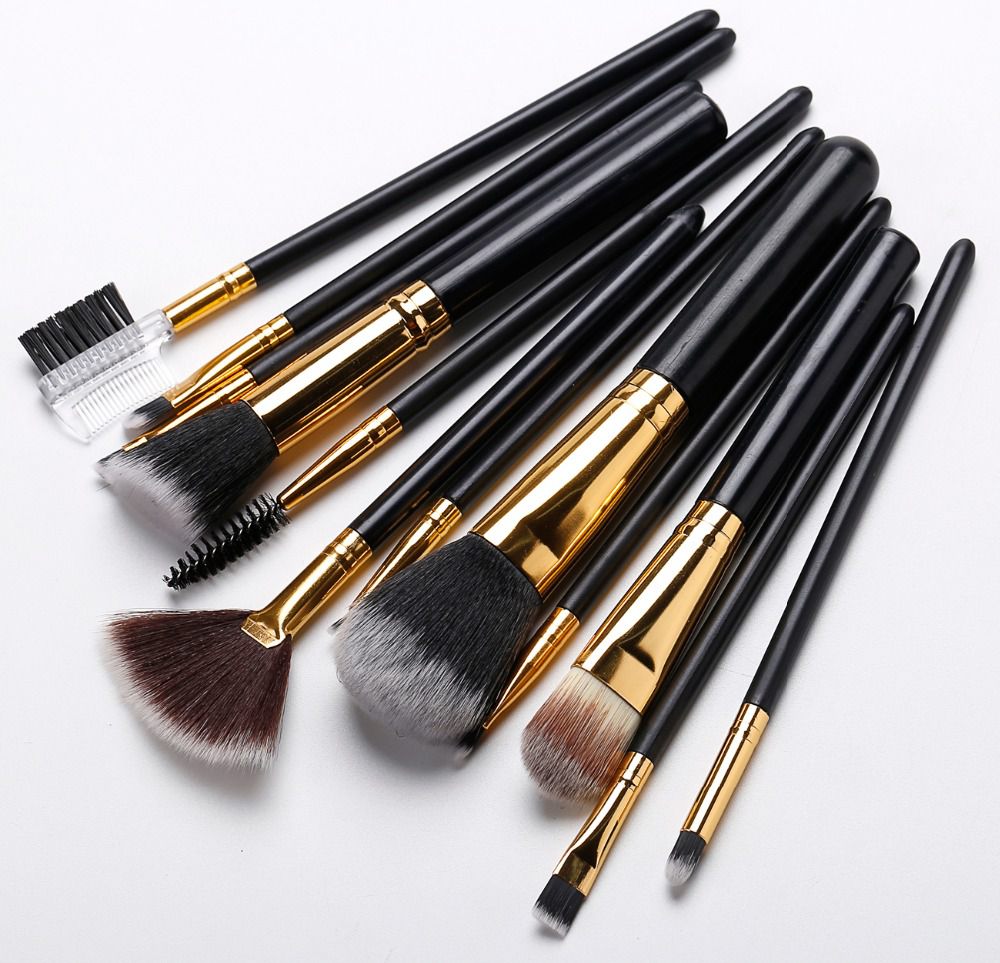Industry news
European Brush Manufacturers Adopt Circular Economy: Bristle Waste Turned into New Filaments
- 702 Views
- 2025-11-05 01:31:35
European Brush Manufacturers Lead Circular Economy: Bristle Waste Transformed into Recycled Filaments
As the global beauty industry grapples with mounting pressure to reduce its environmental footprint, circular economy practices are shifting from niche initiatives to essential business strategies. Nowhere is this more evident than in Europe, where makeup brush manufacturers are pioneering a transformative approach: turning bristle production waste into high-performance recycled filaments. This innovation not only addresses sustainability goals but also redefines resource efficiency in an industry long criticized for linear production models.
The need for change is urgent. Traditional bristle manufacturing—whether using natural fibers (such as goat hair or pony hair) or synthetic materials (like nylon or PBT)—generates significant waste. During cutting, shaping, and quality control, up to 15-20% of raw materials end up as scraps, often discarded in landfills or incinerated. For Europe’s $2.3 billion cosmetic brush market, this translates to thousands of tons of annual waste, contributing to carbon emissions and resource depletion. “Linear production was never viable long-term,” notes Elena Müller, sustainability director at a leading German brush manufacturer. “Today’s consumers, regulators, and even investors demand proof that brands are closing the loop.”

Driving this shift are two key forces: evolving consumer preferences and stringent EU regulations. A 2023 Eurostat survey found that 78% of European beauty buyers prioritize “sustainability credentials” when purchasing tools, while the EU’s Circular Economy Action Plan (CEAP) mandates a 55% recycling rate for plastic packaging by 2030—pressuring manufacturers to rethink waste as a resource.
The technology making this possible is both innovative and scalable. European manufacturers have developed closed-loop systems that start at the production line: specialized collection units now sort bristle waste by type—natural vs. synthetic—preventing contamination. For synthetic bristles (the largest waste stream, accounting for ~70% of European production), advanced mechanical recycling processes take center stage. After cleaning and shredding, scraps undergo melt filtration to remove impurities, then are extruded into new filaments. Crucially, these recycled filaments meet the same performance standards as virgin materials, with tests showing comparable softness, durability, and color retention.
Natural bristle waste, though less voluminous, is also being repurposed. Companies like Italy-based EcoBristle have pioneered enzymatic cleaning techniques to sanitize and reprocess animal fibers, transforming them into eco-friendly alternatives for budget or sustainable product lines. “We’ve reduced our reliance on virgin natural fibers by 35% since 2021,” says Marco Rossi, EcoBristle’s R&D lead. “The recycled natural filaments now make up 20% of our output, with demand growing 40% year-over-year.”
The environmental impact is tangible. Early data from pilot programs shows that recycling bristle waste cuts carbon emissions by 40-50% compared to producing virgin filaments, while reducing raw material extraction by up to 60%. For synthetic bristles, which rely on petroleum-based feedstocks, this also lowers dependency on fossil fuels—a critical advantage amid volatile energy prices.
Beyond compliance and consumer demand, this shift aligns with long-term profitability. By converting waste into sellable filaments, manufacturers are turning a cost center (waste disposal) into a revenue stream. “Our recycled filaments now command a 10-15% premium in the market,” explains Müller. “Brands are willing to pay more for sustainability, and the recycled material costs 20% less to produce than virgin filaments—creating a win-win.”
As EU regulations tighten (notably the upcoming Plastic Waste Directive) and global brands set science-based targets, this circular model is quickly becoming an industry benchmark. “Europe isn’t just adopting circular economy practices—it’s setting the standard,” says Dr. Lisa Chen, a circular economy analyst at the European Beauty Sustainability Council. “The technology is scalable, and we’re already seeing Asian and North American manufacturers inquire about partnerships to replicate these systems.”
For the broader industry, the message is clear: sustainability and performance no longer compete—they collaborate. By turning bristle waste into recycled filaments, European manufacturers are proving that circular economy isn’t just a trend; it’s the future of beauty tool production.











